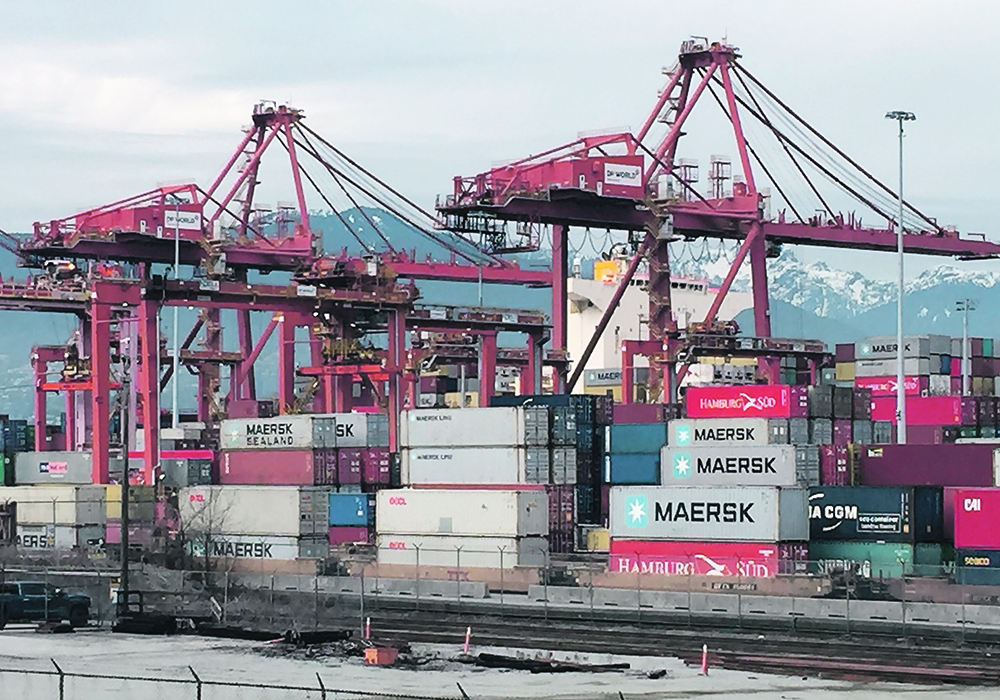Pulse and special crops shippers are celebrating the collapse of container freight rates.
“For the smaller buyers and also shippers, it brings things a little bit back to normal,” said Marlene Boersch, managing partner of Mercantile Consulting Venture.
“It was completely untenable the way this market was running for two years in terms of risk exposure for shippers, so I’m sure there are a lot of sighs of relief on that one.”
The price to ship a standard container peaked at $11,109 in September 2021, up from $1,461 at the beginning of 2020, according to the containercrunch.ca website.
Read Also

Farmers asked to keep an eye out for space junk
Farmers and landowners east of Saskatoon are asked to watch for possible debris in their fields after the re-entry of a satellite in late September.
Greg Northey, vice-president of corporate affairs with Pulse Canada, said rates have tumbled since that peak.
“If they’re not at pre-COVID levels, they’re very close,” he said.
That is because demand for containers has subsided following a huge spike in demand for consumer goods during the pandemic.
However, rates remain elevated into certain markets like the Indian subcontinent and Africa, said Northey.
Shippers are pleased with the falling rates, but there are still lingering problems in the container business.
“The routes that we would have relied on to some of the key markets haven’t come back,” he said.
The lack of import volumes in the Port of Vancouver and the Port of Montreal has reduced train runs for both national railways to those ports.
“We’re not seeing as many trains going into those ports because there’s not as many import containers to pick up,” said Northey.
Shippers are still facing delays for weeks at a time into some European destinations.
And ongoing infrastructure problems at ports related to trucking and other services is causing lengthy turnaround times at terminals.
“We’re still seeing these lingering friction points in the container supply chain, which were exacerbated during COVID,” he said.
Those supply chain issues combined with sky-high container freight rates forced many lentil shippers to switch to bulk.
Northey expects some of those folks to return to containers now that rates have tumbled, but others may stick with bulk if there continues to be demand from markets that can handle bulk shipments like India and Turkey.
Green lentils are not suited to bulk shipments, but reds can be transported that way and it is a popular method of shipping peas.
Prior to the COVID container crunch, about 30 percent of Canada’s peas, more than 50 percent of its lentils and the vast majority of its special crops moved by container to markets around the world.
Northey said one positive long-term development is that the federal government announced in the 2023 budget a review of the Shipping Conferences Exemption Act.
That act exempts shipping lines from the Competition Act, giving them the ability to do things like sign vessel-sharing agreements and form alliances.
“We’ll see how that goes,” said Northey.


















